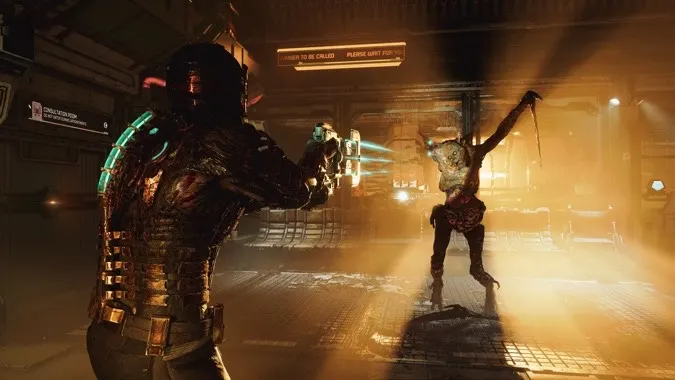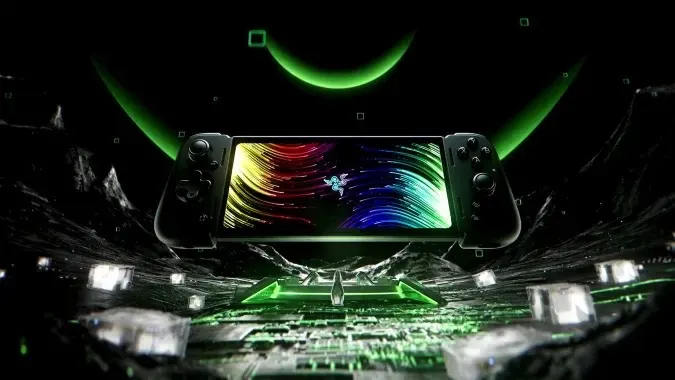The Morning After: SpaceX will keep paying for Ukraine’s access to Starlink
SpaceX sent a letter to the Department of Defense last month, asking the Pentagon to take over paying for Ukraine's use of its Starlink satellite internet. According to CNN, SpaceX told the department that continued access would cost the company over $120 million for the rest of 2022 and almost $400 million over the next 12 months. “We are not in a position to further donate terminals to Ukraine or fund the existing terminals for an indefinite period of time,” the company wrote.
Now, company chief, Elon Musk, seems to have backtracked, writing on Twitter that SpaceX will “keep funding” the service in Ukraine.
The Pentagon confirmed after the letter became public that it's been discussing payments with SpaceX, but it’s also looking into alternatives. Sabrina Singh, the Pentagon's deputy press secretary, said: “There are other entities that we can certainly partner with when it comes to providing Ukraine with what they need on the battlefield.”
– Mat Smith
The Morning After isn’t just a newsletter – it’s also a daily podcast. Get our daily audio briefings, Monday through Friday, by subscribing right here.
The biggest stories you might have missed
It won’t be in time for Halloween, sadly.

EA
The original Dead Space came out 14 years ago, immersing us in ravaged corridors in the middle of space. Dead Space was a terrifying space horror. And this is what the remake has to compete with. Engadget’s Jessica Conditt thinks the new Dead Space nails it – mostly. The game hits PC, PS5 and Xbox Series consoles on January 27th, 2023.
Continue reading.
Your cable provider's best plan suddenly seems mediocre.
Google Fiber's sudden revival will include a dramatic boost to internet speeds. Google has revealed it will offer 5Gbps and 8Gbps plans in early 2023 at monthly rates of $125 and $150. Both tiers will include symmetric upload and download rates, a WiFi 6 router and up to two mesh network extenders. It’s a big jump from the previous-best 2Gbps service Google introduced in 2020 and could make a big difference if you're a gamer or thrive on cloud computing.
Continue reading.
It’s expected to launch in January.

Razer
The Razer Edge is a handheld console for cloud gaming. (Yes, it’s a trend now.) The Edge has a 6.8-inch AMOLED screen with a refresh rate of 144Hz and a Full HD+ resolution of 2,400 x 1,080. Razer claims the display has 87 percent more pixels than competitors’ devices. The Steam Deck’s screen, for instance, has a 1,280 x 800 resolution. The Edge comprises an Android 12 tablet inside the new Razer Kishi V2 Pro controller. Initially only available in the US, it will come with dedicated launchers for Epic Games, Xbox Cloud Gaming and NVIDIA GeForce Now pre-installed. You'll also be able to access remote play services, such as Steam Link, Moonlight and Parsec.
Continue reading.
Even if you don’t game.
Last week, Google and hardware partners ASUS, Acer and Lenovo announced a somewhat surprising initiative to build Chromebooks expressly for cloud gaming. (Yes, just after Google gave up on its own Stadia game service.) While many Chromebooks are a riff on the classic 13-inch laptop, the first round of these devices have large, high-resolution screens with fast refresh rates, anti-ghosting keyboards and powerful processors. Nathan Ingraham, Engadget’s Chromebook expert, is loving the premium screen and keyboard.
Continue reading.
All products recommended by Engadget are selected by our editorial team, independent of our parent company. Some of our stories include affiliate links. If you buy something through one of these links, we may earn an affiliate commission. All prices are correct at the time of publishing.

